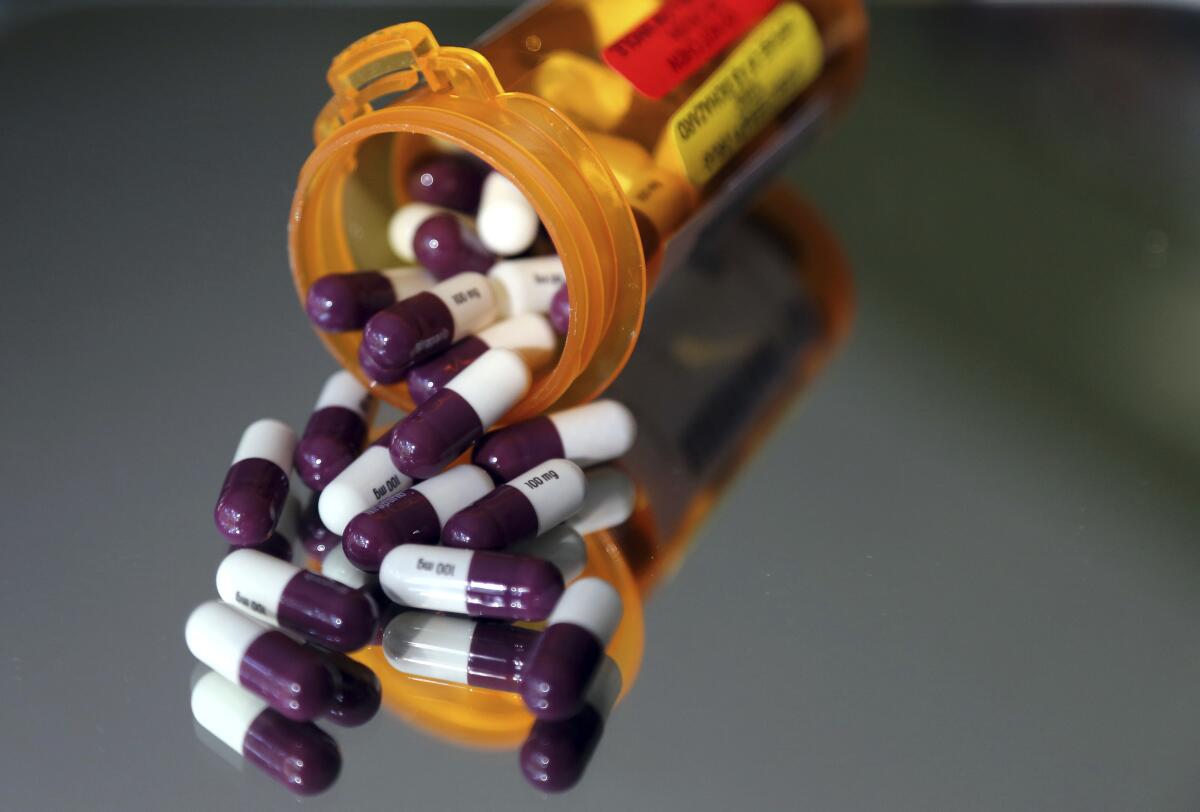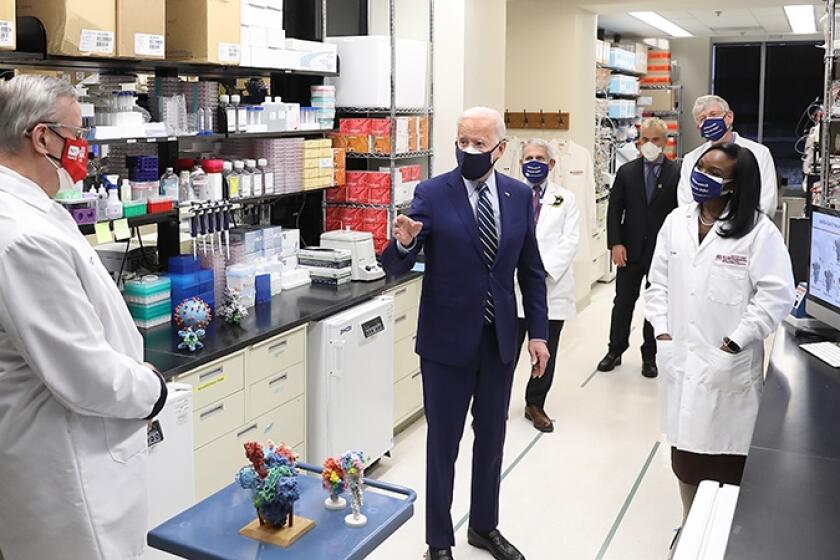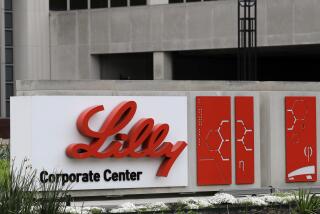Opinion: Here’s Big Pharma’s playbook to bankrupt Americans who can’t afford medications

- Share via
America’s pharmaceutical giants are now suing to block the federal government’s first effort at drug price regulation. Last year’s Inflation Reduction Act included what on its face seems a modest proposal: The federal government would for the first time be empowered to negotiate prices Medicare pays for drugs — but only for 10 very expensive medicines beginning in 2026 (an additional 15 in 2027 and 2028, with more added in later years). Another provision would require manufacturers to pay rebates to Medicare for drug prices that increased faster than inflation.
Those provisions alone could reduce the federal deficit by $237 billion over 10 years, the Congressional Budget Office has calculated. Those savings would come from tamping down on drug prices, which are costing an average of 3.44 times (sometimes 10 times as much) as what the same brand-name drugs cost in other developed countries, where governments already negotiate prices.
Without any guardrails, drug prices in the U.S. for some existing drugs have soared, even as they fall sharply in other countries. New drugs — some with minimal benefit — have enormous price tags, buttressed by lobbying and marketing.
Republicans are reacting to the Inflation Reduction Act with votes of spite and progressives are celebrating it as a win for Biden when he was out of the loop.
AZT, the first drug to successfully treat HIV/AIDS, was considered “the most expensive drug in history” in the late 1980s, with an $8,000-a-year cost. Now, scores of drugs, many with much less benefit, cost more than $50,000 a year. Ten drugs, mostly used to treat rare diseases, cost over $700,000 annually.
Pharmaceutical manufacturers say high U.S. prices support research and development and point out that Americans tend to get new treatments first. But recent research has shown that the price of a drug is related neither to the amount of research and development required to bring it to market nor its therapeutic value. And selling drugs first in the U.S. is good business strategy. By introducing a drug in a country with limited scrutiny on price, manufacturers can set the bar high for negotiating with other nations.
Here are just a few of the many examples of drug pricing practices that have driven consumers to demand change.
Exhibit A is Humira, the best-selling drug in history, earning AbbVie $200 billion over two decades. Used in the treatment of various autoimmune diseases, its core patent — the one on the biologic itself — expired in 2016. But for business purposes, the “controlling patent,” the last to expire, is far more important since it allows an ongoing monopoly.
AbbVie blanketed Humira with 165 peripheral patents, covering things like a manufacturing step or slightly new formulation, creating a so-called patent thicket, making it challenging for generics makers to make lower-cost copycats. (When they threatened to do so, AbbVie often offered them valuable deals not to enter the market.) Meanwhile, it continued to raise the price of the drug to $88,000 annually. This year, Humira-like generics (called biosimilars for their type of molecule) are entering the U.S. market; they have been available for a fraction of the price in Europe for five years.
Or take Revlimid, a drug by Celgene, which treats multiple myeloma. It won approval from the Food and Drug Administration to treat that deadly disease in 2006 at about $4,500 a month; today it retails at triple that. Why? The company’s CEO explained price hikes were simply a “legitimate opportunity” to improve financial “performance.”
Since it must be taken for life to keep that cancer in check, patients who want to live have had no choice but to pay. Though Revlimid’s patent protection ran out in 2022, Celgene avoided meaningful price-cutting competition by offering generic competitors “volume-limited” licenses to its patents so long as they agreed to initially produce only a small share of the drug’s $12-billion monopoly market.
Par Pharmaceutical, another drug maker, maneuvered to create a blockbuster market out of a centuries-old drug, isoproterenol, through an F.D.A. program that gave companies a three-year monopoly in exchange for performing formal testing on drugs in use before the agency was formed.
During those three years, Par wrapped its branded product, Vasostrict, used to maintain blood pressure in critically ill patients, with patents extending its monopoly eight additional years. Par raised the price by 5,400% between 2010 and 2020. When the COVID-19 pandemic filled intensive care units with severely ill patients, that hike cost Americans $600 million to $900 million in the first year.
And then there is AZT and its successors, which offer a full life to HIV-positive people. Pills today contain a combination of two or three medicines, the vast majority including one similar to AZT, tenofovir, made by Gilead Sciences. The individual medicines are old and off-patent. Why then do these combination pills, taken for life, sometimes cost $4,000 monthly?
A prostate cancer drug developed at UCLA with federal funds costs more than three times as much in the U.S. as anywhere else. President Biden could have forced a price cut but didn’t.
It’s partly because the manufacturers of the combination pills have agreements with Gilead that they will use its expensive branded version of tenofovir in exchange for various business favors. Peter Staley, an activist with HIV, has spearheaded a class-action suit against Gilead, alleging collusion. The negotiated price for these pills costs hundreds of dollars a month in the U.K., not the thousands in the U.S.
Faced with such tactics, 8 in 10 Americans now support drug price negotiation, giving Congress and the Biden administration the impetus to act and to resist Big Pharma’s legal challenges.
Yes, American patients are lucky to have first access to innovative drugs. But that access doesn’t mean much when huge numbers of Americans are forgoing prescribed medicines because they simply can’t afford them.
Elisabeth Rosenthal, a physician, is a senior contributing editor at KFF Health News and the author of “An American Sickness: How Healthcare Became Big Business and How You Can Take It Back.”
More to Read
A cure for the common opinion
Get thought-provoking perspectives with our weekly newsletter.
You may occasionally receive promotional content from the Los Angeles Times.












